



Midlothian|1318
Pentland is in Midlothian to the south of Edinburgh. The name may come from ‘Petland’ or ‘Pictland’ referring to a boundary of the lands of the Picts, the ancient people who once occupied much of eastern Scotland. It may alternatively take its name from the Old English Pent meaning enclosed. Pentland shares its name with the nearby Pentland Hills.
Their name has been variously spelled over time as Sinclair and St Clair. Popular legend has it that Sir Henry Sinclair was granted the muir of Pentland by King Robert the Bruce. Sir Henry had been a loyal supporter of Bruce during the Wars of Independence.
1908 OS map Edinburghshire Sheet VII.SE. Reproduced with the permission of the National Library of Scotland. (CC BY NLS)
Sir Henry’s hounds were victorious, and so Pentland passed to the Sinclairs. The family remained loyal to the Bruce dynasty. Sir Henry’s son, Sir William, joined the party which, after Bruce’s death, fulfilled his last wish by taking his heart on Crusade.
Damhead and Old Pentland from the Biggar Road © 2008 M J Richardson (CC BY-SA 2.0)
Legend says that Sinclair sailed to Greenland. A conspiracy surrounding the Knights Templar says he may have even visited the New World. The Sinclairs are known for their association with Templar myths, especially relating to the building of Roslin Chapel near to Pentland. In Pentland itself there have been grave slabs found in the old churchyard which supposedly belong to Templar Knights.
Watch House at the entrance to Old Pentland Kirkyard © 2008 M J Richardson (CC BY-SA 2.0)
The view from the Old Pentland Kirkyard © 2008 M J Richardson (CC BY-SA 2.0)
The Sinclairs held the Barony of Pentland into the seventeenth century. Pentland was acquired in the 1600s by the Gibson of Alderstoun family. Sir John Gibson of Alderstoun was a clerk of the Council of Session. He was a firm supporter of the Stuart monarchy during the bloody Wars of the Three Kingdoms. It is said that Sir John joined the army of King Charles II and fought at the disastrous Battle of Worcester, where he lost a leg. Sir John was succeeded by his eldest son, Alexander, a Clerk of Session. The Gibson family continued to hold Pentland into modern times.
Elizabeth, Duchess of Sutherland, Tomb of Sir William St. Clair|National Galleries of Scotland (CC-BY NC)





Midlothian|1318
Pentland is in Midlothian to the south of Edinburgh. The name may come from ‘Petland’ or ‘Pictland’ referring to a boundary of the lands of the Picts, the ancient people who once occupied much of eastern Scotland. It may alternatively take its name from the Old English Pent meaning enclosed. Pentland shares its name with the nearby Pentland Hills.
Their name has been variously spelled over time as Sinclair and St Clair. Popular legend has it that Sir Henry Sinclair was granted the muir of Pentland by King Robert the Bruce. Sir Henry had been a loyal supporter of Bruce during the Wars of Independence.
1908 OS map Edinburghshire Sheet VII.SE. Reproduced with the permission of the National Library of Scotland. (CC BY NLS)
Sir Henry’s hounds were victorious, and so Pentland passed to the Sinclairs. The family remained loyal to the Bruce dynasty. Sir Henry’s son, Sir William, joined the party which, after Bruce’s death, fulfilled his last wish by taking his heart on Crusade.
Damhead and Old Pentland from the Biggar Road © 2008 M J Richardson (CC BY-SA 2.0)
Legend says that Sinclair sailed to Greenland. A conspiracy surrounding the Knights Templar says he may have even visited the New World. The Sinclairs are known for their association with Templar myths, especially relating to the building of Roslin Chapel near to Pentland. In Pentland itself there have been grave slabs found in the old churchyard which supposedly belong to Templar Knights.
Watch House at the entrance to Old Pentland Kirkyard © 2008 M J Richardson (CC BY-SA 2.0)
The view from the Old Pentland Kirkyard © 2008 M J Richardson (CC BY-SA 2.0)
The Sinclairs held the Barony of Pentland into the seventeenth century. Pentland was acquired in the 1600s by the Gibson of Alderstoun family. Sir John Gibson of Alderstoun was a clerk of the Council of Session. He was a firm supporter of the Stuart monarchy during the bloody Wars of the Three Kingdoms. It is said that Sir John joined the army of King Charles II and fought at the disastrous Battle of Worcester, where he lost a leg. Sir John was succeeded by his eldest son, Alexander, a Clerk of Session. The Gibson family continued to hold Pentland into modern times.
Elizabeth, Duchess of Sutherland, Tomb of Sir William St. Clair|National Galleries of Scotland (CC-BY NC)







Contact
Forum for the Scottish Baronage, c/o Brodies LLP, Capital Square, 58 Morrison Street, Edinburgh EH3 8BP, Scotland UK
Copyright
Copyright 2022, Forum for The Scottish Baronage, as a collective work, all additional rights to content contributed and/or licensed contained herein are expressly reserved to such contributors and licensors as independently owned and protected copyrighted works.





